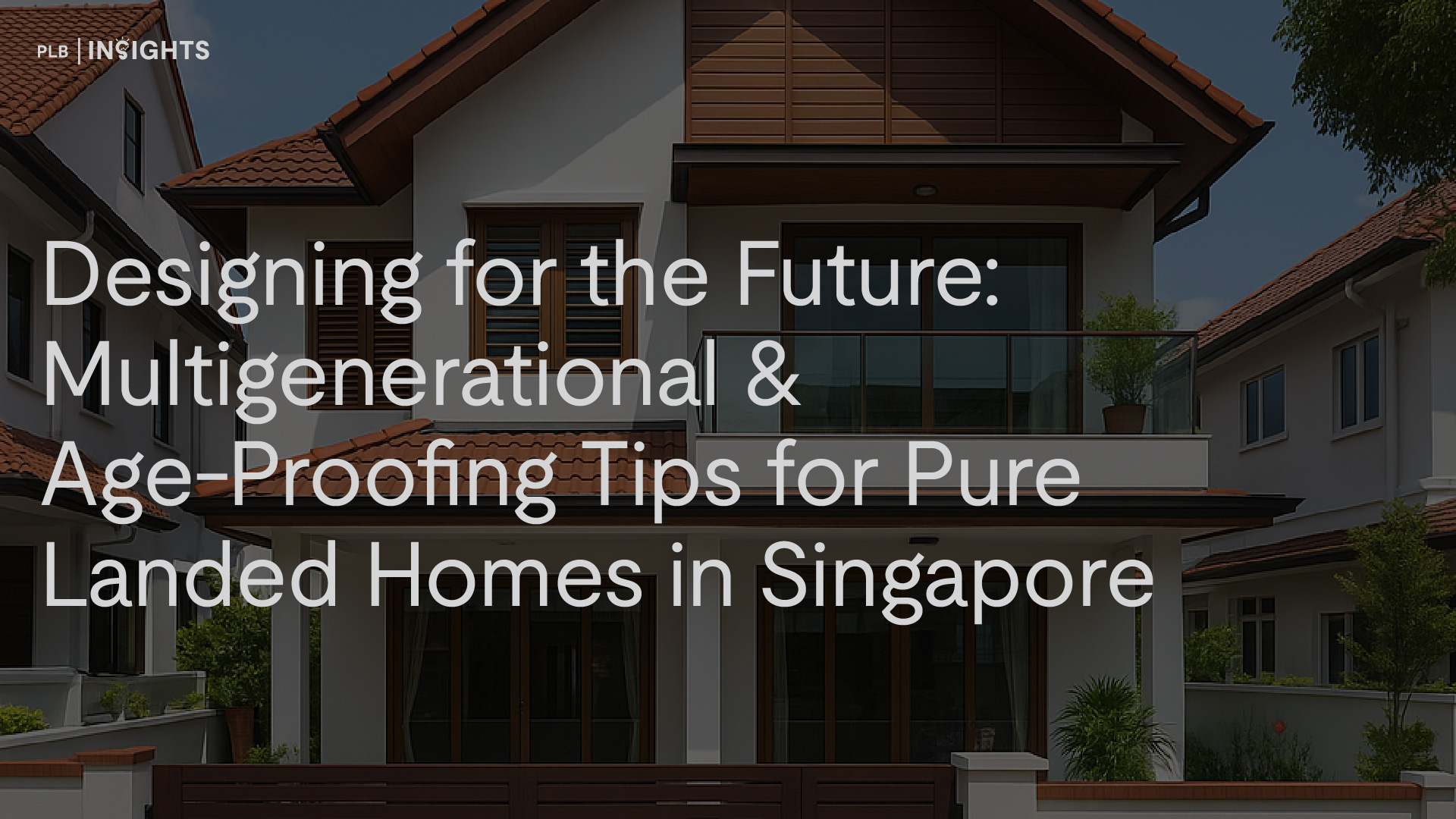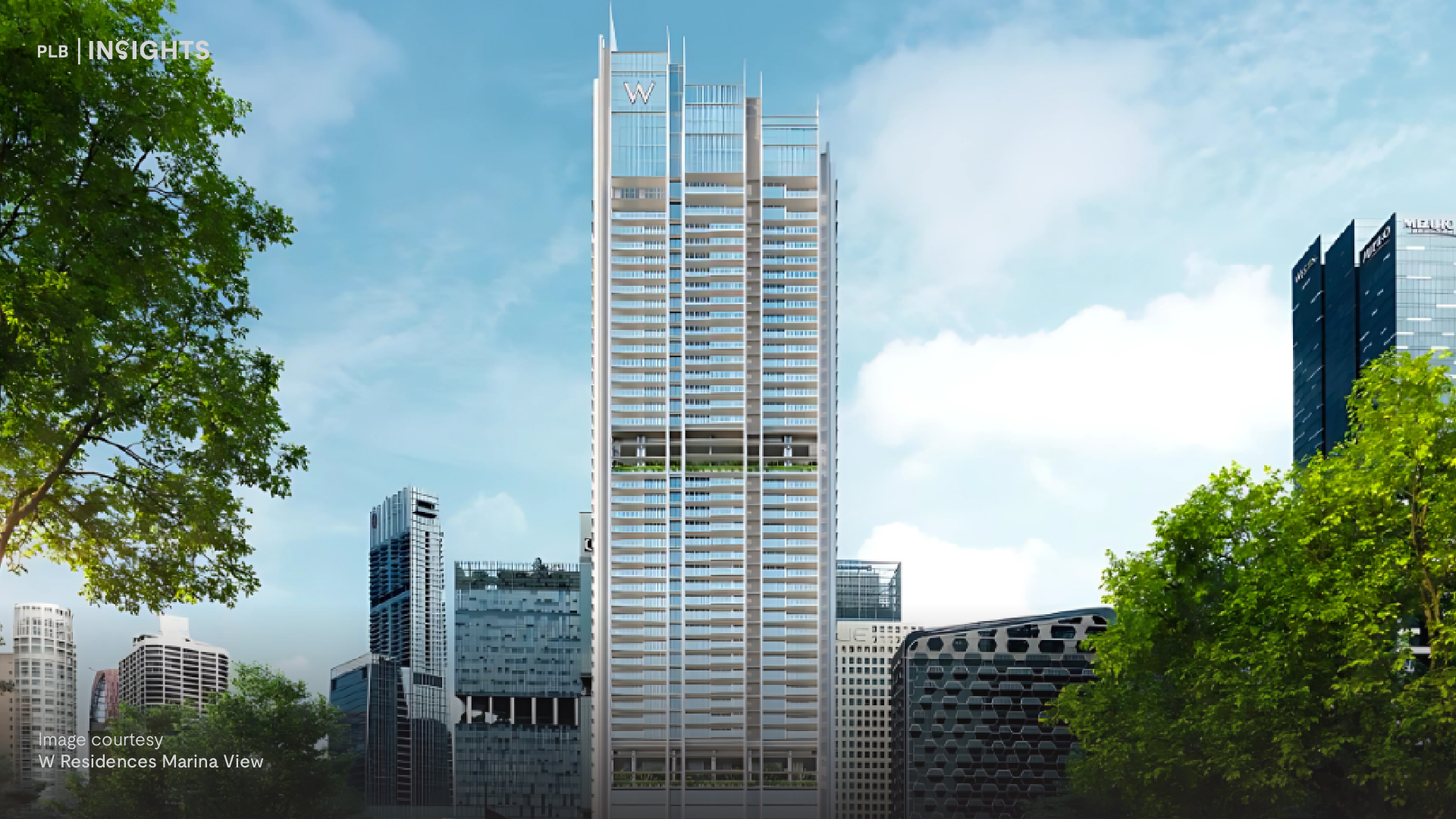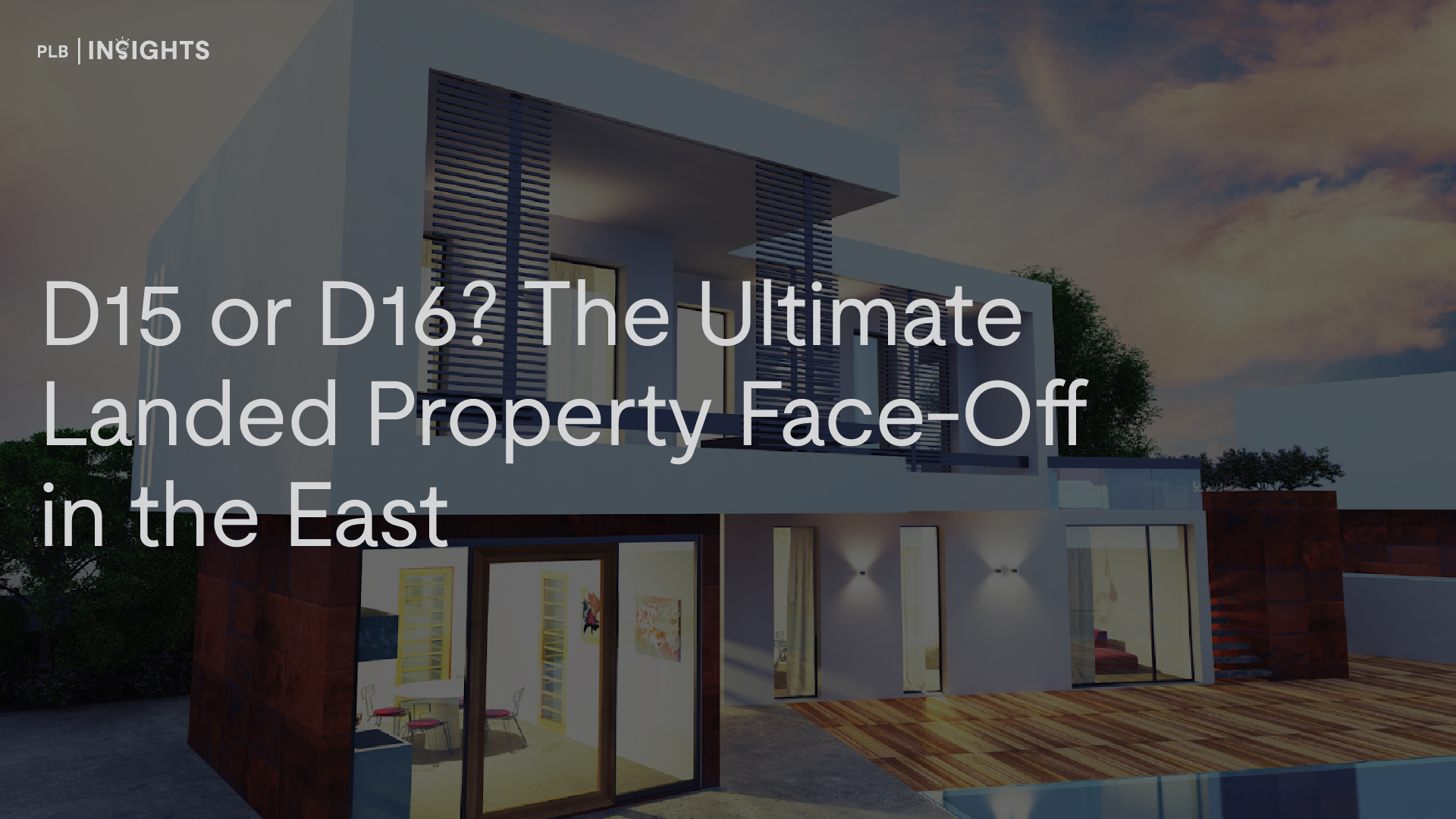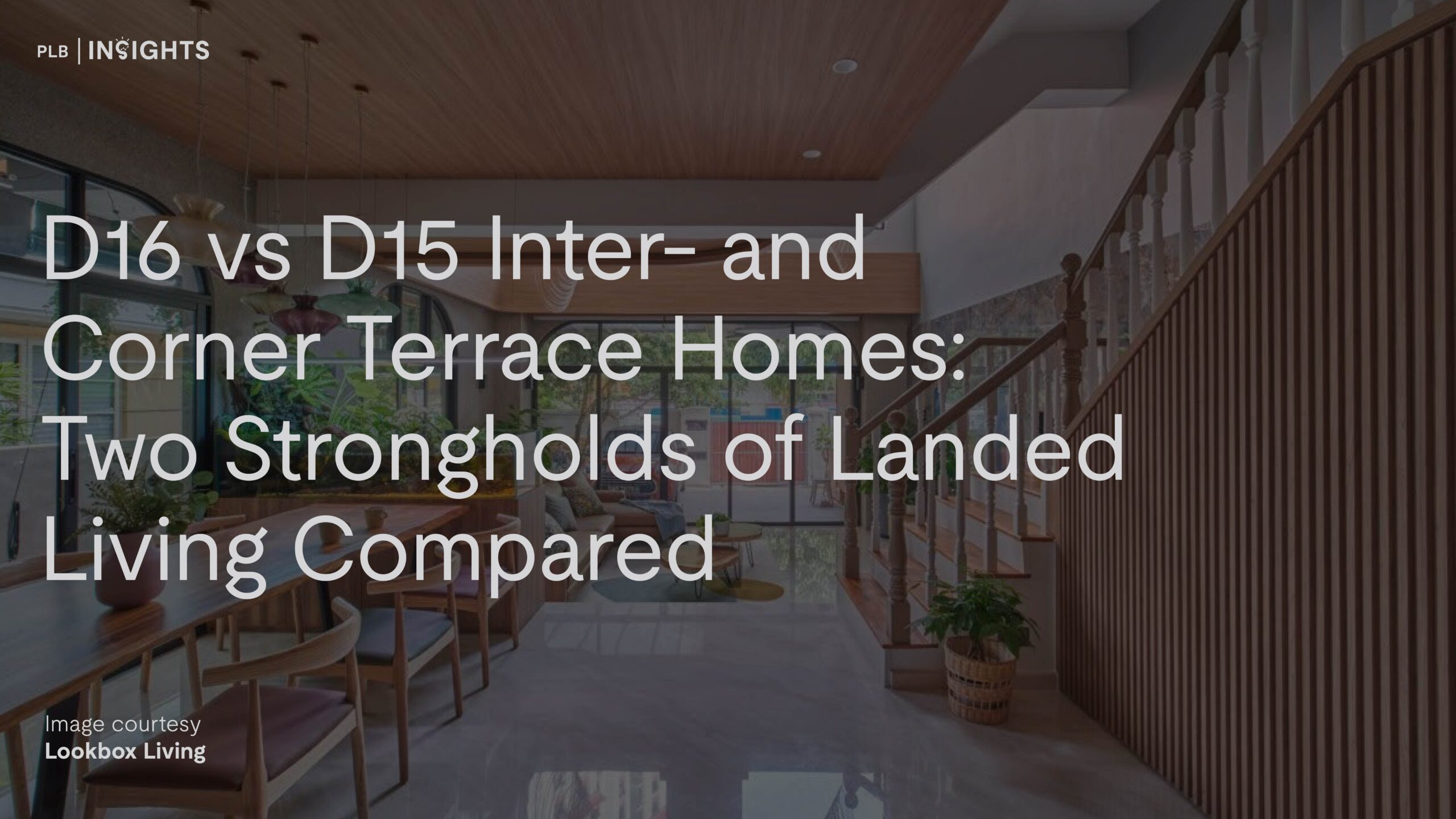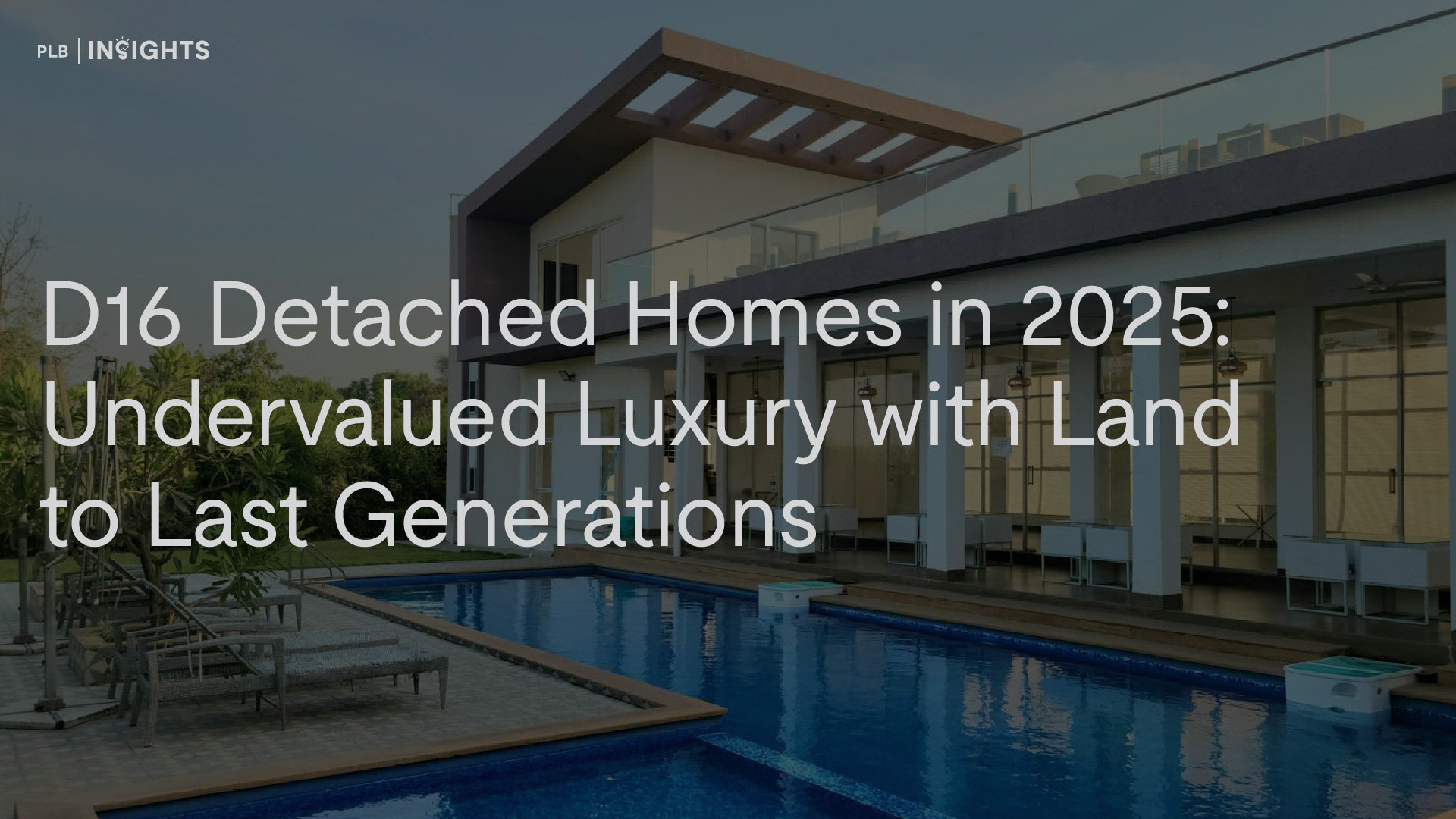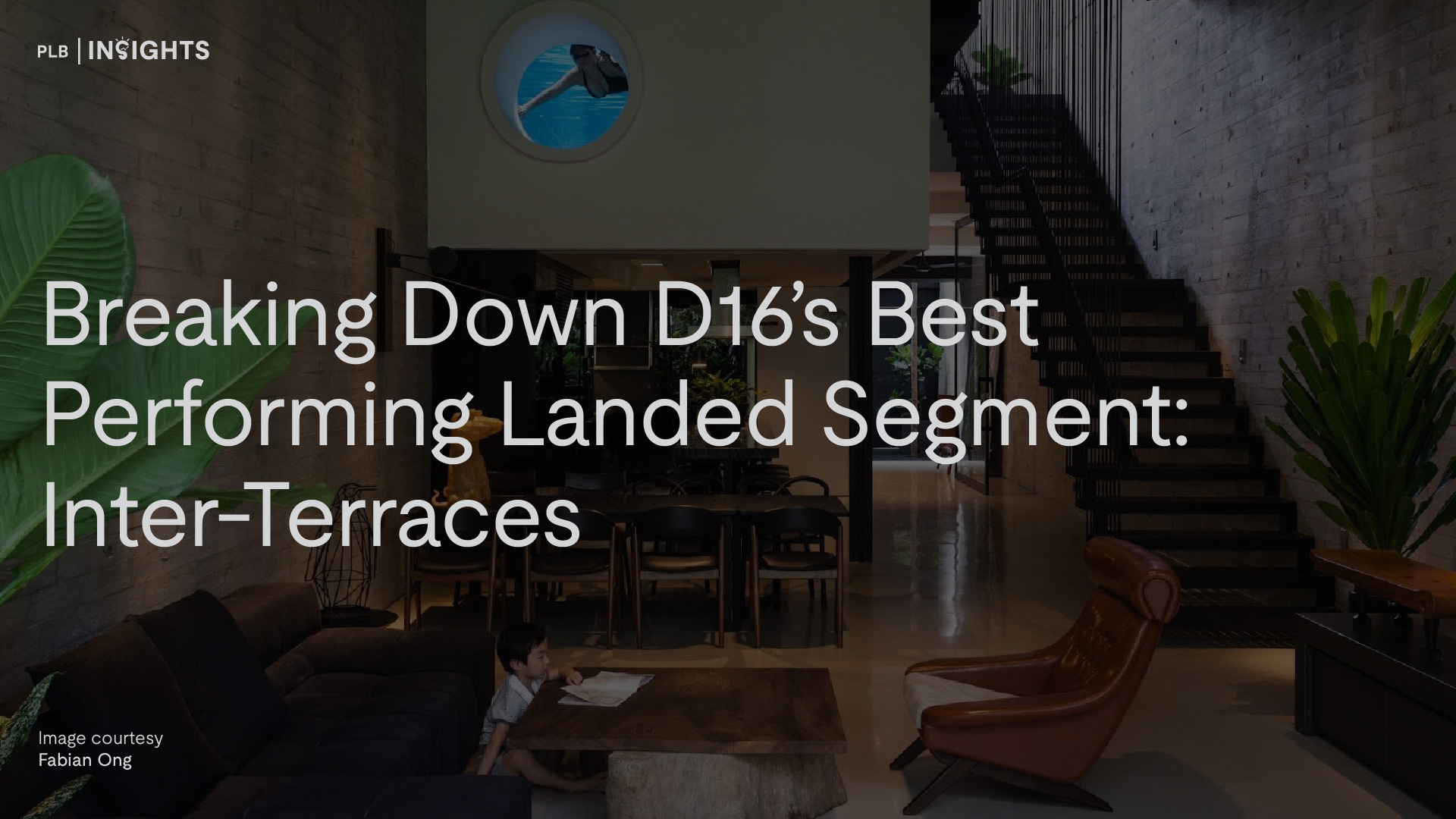
2022 has been a tumultuous year for the property market in Singapore as inflation and interest rates hit all-time highs, driving fixed home loan rates up as well. Although the market saw a fantastic showing from the Good Class Bungalow (GCB) segment in terms of both prices and transaction volume last year in 2021, the strong sales momentum has since eased.
In this article, we look at the performance of GCBs this year and the future of this segment in 2023.
The allure of GCBs in today’s market
In land-scarce Singapore, GCBs represent less than 1% of the properties here and are extremely valuable because of their unique attributes. For instance, you must be a citizen to purchase a GCB or landed property in Singapore. The only landed properties foreigners can acquire here are those in Sentosa Cove, with LDAU approval. However, from 2012 to 2019, seven Singapore permanent residents who “made exceptional economic contributions to the Republic” were approved to purchase GCBs.
Being mostly freehold in nature, their ability to retain value or appreciate over time serve as wealth-preservation assets. With inflation rates skyrocketing in 2022 and an impending recession, GCBs may be the best hedge against inflation since the GCB market’s pricing trend appears to be generally unaffected by economic downturns.
There are less than 3,000 GCBs found in 39 gazetted areas, so new supply is a rarity. Because of this scarcity and exclusivity, ultra-high net worth individuals (UHNWIs) continue to be attracted to the GCB segment for investment and to store their wealth.
Who are buying these highly coveted GCBs?
Older affluent professionals like lawyers, doctors, and entrepreneurs have traditionally made up the GCB buyer demographic. However, in recent years, the profile of GCB buyers has shifted to include the following:

The emergence of more young and wealthy tech entrepreneurs due to the flourishing digital economy is apparent, with several prominent transactions making the headlines. Some of these include:

The highest transacted GCB in recent years was in the highly exclusive Nassim Road – a 1964 property nicknamed LadyVale Bungalow. It was purchased by Jin Xiao Qun, wife of Nanofilm Technologies CEO Dr Shi Xu, for a whopping S$128,800,800, at S$4,005 psf. Dr Shi became a billionaire when Nanofilm Technologies was listed on the Singapore Stock Exchange last year.
In terms of psf, a Cluny Hill GCB broke the records. It was transacted last year at S$63.7m and fetched a record-breaking S$4,291 psf. According to The Business Times, the buyer was local entrepreneur Tommy Ong who founded the e-commerce marketing platform Stamped.io.
At the time of writing, the highest transacted GCB in 2022 was one at Chancery Lane, reportedly purchased for more than S$66m by Kelsey Cheng Tan, the Singaporean daughter-in-law of Chinese-Filipino tycoon Andrew Tan.
Are GCBs better than other types of luxury properties?
By now, you may be thinking: Are GCBs the only type of luxury properties for UHNWIs to store their wealth? What about super penthouses that are even rarer than GCBs? Can they be the culmination of real estate in Singapore?
Super penthouses are at least 10,000 sqft in size, sitting atop superstructures made up of simplex, duplex or triplex levels. They usually come with private lifts with direct access to the units, with plenty of other amenities such as entertainment areas and private pools. They are also highly coveted, with the panoramic views they provide being a huge plus point.
If we look at the volume of transactions, super penthouses are rarer than GCBs, with only ten transactions in the past 16 years and only eight up for sale in 2022. We have previously covered the topic of which between the two is the superior asset class in Singapore. To further examine this, let’s look at a case study.
In July 2019, James Dyson, the billionaire founder of Dyson Ltd, splashed a whopping S$73.8m or S$3,496 psf on a three-storey super penthouse at Wallich Residence. It was the highest, biggest, and most expensive penthouse transaction recorded in Singapore. Barely six months later, Dyson made the headlines again when he made a second luxury property purchase – a S$50m GCB at the prestigious Nassim Road.
Because of the strict regulations, many foreign investors who cannot buy a GCB naturally gravitate towards super penthouses or landed properties at Sentosa Cove. It is rare to have such an interesting case study where someone acquired both a GCB and a super penthouse. However, it was the latter that Dyson eventually let go of, just one year after the purchase and incurring a massive loss of S$11.8m (plus an additional 8% of Seller’s Stamp Duty for selling the property in the second year).
While both GCBs and super penthouses are in a league of their own, what sets them apart ultimately are the strict regulations (on GCBs) and the nature of their tenures. Most GCBs are freehold, but super penthouses are mostly 99-year leasehold projects. In terms of legacy planning and passing on wealth to the next generation, freehold properties have the edge over leasehold ones. That is not to say that super penthouses are less desirable, but it’s got more to do with the unique attributes, prestige, and lifestyle needs. As mentioned earlier, foreign investors cannot buy and own GCBs but can acquire super penthouses. And for Dyson, it was most likely that his super penthouse at Wallich Residence couldn’t provide the privacy he desired. It was located in the heart of the Central Business District (CBD) and was integrated with offices, hotels, and Tanjong Pagar MRT station. On the other hand, his freehold Nassim Road GCB is nestled away from the bustling CBD and requires less maintenance.
Dyson’s decision to sell off his super penthouse at a loss while incurring Seller’s Stamp Duty (SSD) might be a good decision. Buyers with the same purchasing power are hard to come by, and waiting to clear SSD would have made the property more challenging to exit.
The Emergence of 99-year leasehold GCBs: GCBs will always be a Seller’s Market
Earlier this year, The Straits Times reported that Perennial Holdings had proposed redeveloping the 752,015 sqft Caldecott Hill site (formally Caldecott Broadcast Centre) into fifteen 99-year leasehold GCBs. The site was bought by an entity jointly owned by Perennial and its chairman, Mr Kuok Khoon Hong, in late 2020 for S$280.9m.
While 99-year leasehold GCBs are not unheard of, with a handful of existing ones in the Bukit Timah area, this development will inject a new supply of GCBs into the scarce market. This will likely create a new segment of Singaporean buyers who can enter the exclusive GCB market.
The prices of these GCBs, and whether their value will hold or appreciate as how freehold GCBs would behave, remains to be seen. However, the price gap between new leasehold and new freehold landed properties often ranges between 20 and 30%.
That said, it is a timely reminder that the GCB segment has always been a seller’s market. UHNWIs buying GCBs have the financial prowess to fund and hold onto these properties. Even with the rising inflation and interest rates, money is not a concern for these affluent buyers. Once they acquire a GCB, they are likely to hold onto it as they are in no hurry to sell it off.
This seller’s market, coupled with the unique attributes of GCBs, allows these properties to command sky-high quantum prices that cannot be rationalised. Therefore, picking out a market trend for the GCB segment is challenging.
What the future holds for GCBs from 2023 onwards
It is difficult to identify a specific trend for the GCB segment because it behaves differently than other property types in Singapore – even its landed counterparts. Previously, we covered how GCB prices have become akin to the prices of luxury branded goods, which still holds true in the market today. Individuals are willing to pay exorbitant prices to acquire one because of the status, prestige, and exclusivity of GCBs.

Looking at the market trend in the past decade, we can see that the average psf for the GCB segment has grown by 44%, climbing steeply between 2021 and 2022 on the back of strong sales momentum in 2021.
The volume of transactions in 2021 was the highest in the past decade, recording double or more of every other year’s numbers. As expected, transaction volume dropped back to its usual numbers this year, even though the average psf spiked to an all-time high.

Most of the GCB buyers we’ve seen in recent years are from the tech sector, which experienced tremendous growth thanks to increased consumer engagement in the digital economy during the pandemic. With the number of UHNWIs in Singapore rising year-on-year and forecasted to reach 4,888 in 2025, it is not surprising that the prices of GCB have increased in tandem.
While many industry experts expect GCB prices to remain strong, we predict that the segment will be experiencing some volatility soon. As the buyer-seller price gap continues to widen and the supply on the market gets taken up, the volume of transactions will fall drastically, which may cause some price movement for the segment.
Nevertheless, we expect demand to remain high as UHNWIs continue to seek a piece of this highly exclusive pie.
Closing Thoughts
Call it Western influence or the Singaporean dream, to be able to buy and stay in a landed property or even a GCB remains the goal of many Singaporeans. With the status, prestige, and exclusivity of owning a GCB, it will likely remain the pinnacle and culmination of real estate in Singapore for a long time.
The fifteen 99-year leasehold GCBs at Caldecott Hill, if it comes into fruition, may be worth keeping a lookout for. New supply of GCBs in land-scarce Singapore is extremely rare. And since leasehold landed properties are usually priced at least 20% below freehold landed properties, it could very well provide a cheaper entry into the highly coveted GCB market.
While GCBs may be beyond the average Singaporean’s budget, a regular landed property or a penthouse can offer similar luxuries. If you’re on the hunt for a luxury home or looking to exit yours, feel free to contact our team — PropertyLimBrothers, always happy to show you the place.


